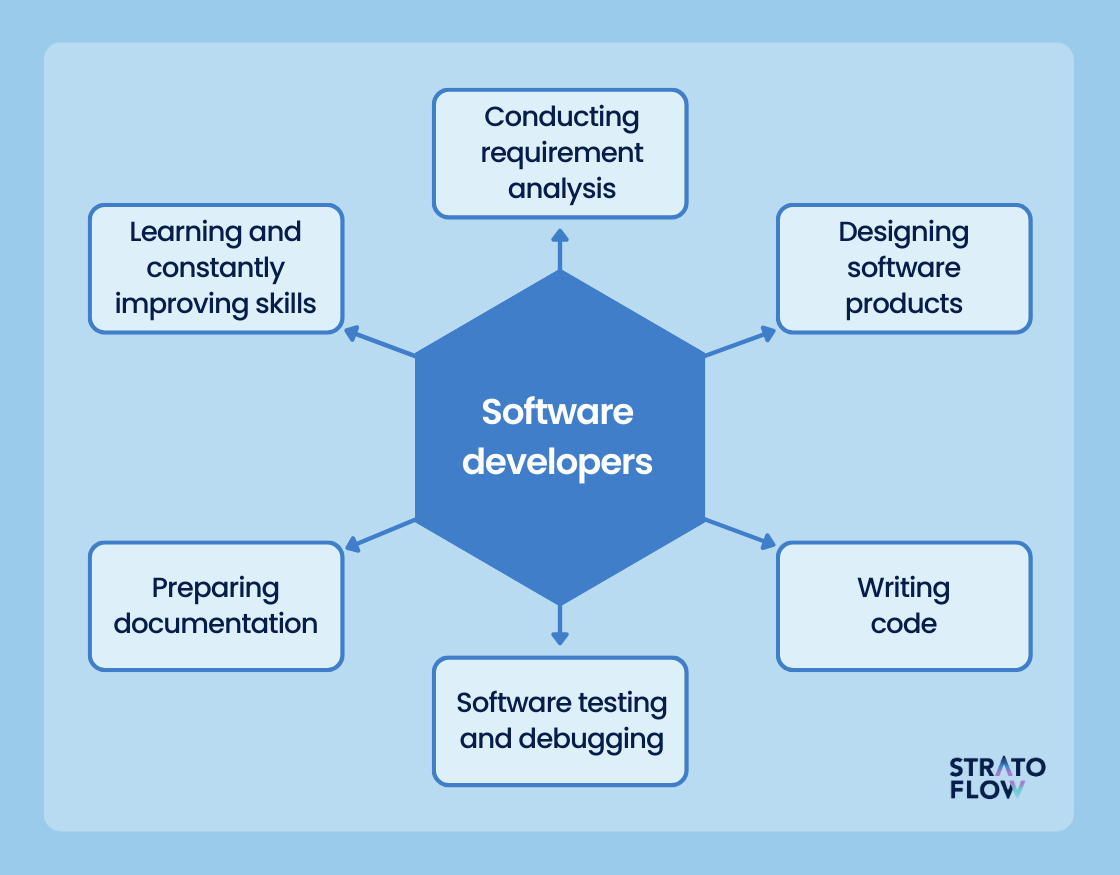Committed Developers vs. In-House Teams: Which Is Right for You?
The choice between using specialized designers and maintaining an internal team is a considerable one that can affect the trajectory of your projects and general service method. Conversely, internal teams add to a cohesive company culture and a nuanced understanding of long-term objectives.
Recognizing Committed Designers
The expanding need for specialized abilities in the tech sector has led to the appearance of specialized programmers as a feasible service for several companies. These experts are generally contracted on a job basis, permitting companies to leverage particular proficiency without the lasting commitment related to permanent hires. Dedicated programmers are typically embedded within a client's group, supplying adaptability and scalability to meet job needs.
This model enables companies to access a global skill swimming pool, which is especially useful in a rapidly progressing technical landscape. Dedicated designers can be sourced from numerous geographical areas, making certain that business can locate the best skill set at affordable rates. They commonly bring a wealth of experience and knowledge, having dealt with varied tasks throughout various industries.
Furthermore, devoted programmers can concentrate solely on the jobs handy, enhancing efficiency and performance. They are equipped to integrate effortlessly right into existing workflows, collaborating carefully with in-house teams to accomplish project objectives. This method not only reduces the concern of recruitment and training but also enables organizations to stay nimble, adjusting swiftly to transforming market demands and technical advancements.
Benefits of In-House Teams

Additionally, in-house teams have a tendency to have a deeper understanding of the business's mission, values, and objectives. This alignment can boost employee engagement and inspiration, as team members really feel a lot more attached to their work and the company's success. In addition, having a devoted internal group allows for much better placement of techniques and objectives, as these participants are regularly concentrated on the business's top priorities.
Internal teams likewise promote quicker decision-making procedures, as they can respond more swiftly to changes and difficulties. The well established relationships and experience with business procedures allow for streamlined process and lowered miscommunication. Eventually, the mix of a natural culture, placement with organizational goals, and effective interaction makes in-house teams a beneficial possession for lots of companies, particularly those looking to cultivate long-term growth and innovation.
Cost Factors To Consider
When examining price considerations, both committed programmers and internal teams existing distinctive economic ramifications for organizations. Engaging devoted developers generally includes a pay-per-project or hourly price version, which can be affordable for businesses with varying task demands. This approach permits for versatility in scaling resources up or down, guaranteeing that companies web and app development companies only spend for the solutions they need.
On the other hand, in-house groups involve repaired expenses, including salaries, benefits, and overhead costs such as office and tools. While this design uses greater control and prompt accessibility of sources, it might result in greater long-term expenditures, especially if the work does not validate a full-time team.
Furthermore, companies need to consider the surprise costs related to recruitment and training of in-house workers, which can further strain spending plans. In many cases, the time and sources invested in managing an in-house group can interfere with the company's core organization objectives.

Job Monitoring and Versatility
Project administration and adaptability are essential elements that influence the choice in between in-house teams and devoted developers. Committed designers normally use a high degree of flexibility, enabling organizations to range sources up or down based upon task demands. This agility can be specifically advantageous for businesses experiencing rising and fall work or those seeking to introduce rapidly. Committed groups often have actually developed processes for taking care of tasks effectively, leveraging certain techniques like Agile or Scrum, which facilitate iterative progress and versatility.

Eventually, the choice between in-house groups and specialized programmers pivots on the desired degree of versatility and the particular project monitoring needs. Companies should evaluate their functional characteristics, project intricacy, and resource schedule to establish which choice wikipedia reference straightens finest with their calculated goals.
Making the Right Choice
Picking the best advancement strategy-- specialized designers or internal groups-- calls for a careful evaluation of numerous factors that align with a business's tactical objectives. Alternatively, internal groups can provide better connection and assimilation with existing personnel.
Following, review your spending plan. Committed designers often present an economical option for temporary tasks, while internal teams might incur higher long-lasting expenses as a result of incomes, advantages, and expenses prices. Assess the level of control and collaboration desired; internal groups typically foster stronger interaction and placement with firm society.
Furthermore, think about the moment framework. If instant results are essential, additional info dedicated developers can be onboarded swiftly, whereas constructing an in-house group takes some time for recruitment and training. Weigh the lasting vision of your organization. If continuous growth is crucial, purchasing an in-house team might generate much better returns with time. Inevitably, the decision rests on a detailed evaluation of these aspects, guaranteeing alignment with your company's functional needs and total goals.
Verdict
In verdict, the choice in between devoted programmers and internal teams pivots on job requirements and organizational goals. On the other hand, in-house groups grow a natural culture and much deeper placement with long-term objectives.
The choice between making use of devoted developers and keeping an internal team is a significant one that can affect the trajectory of your tasks and general business technique.Job management and adaptability are vital factors that influence the choice in between in-house groups and specialized developers. nearshore software development.In contrast, internal groups may succeed in preserving a regular job management structure due to their familiarity with the company's culture and lasting objectives. Dedicated designers typically present a cost-efficient solution for short-term projects, while internal groups may incur greater long-term costs due to wages, benefits, and overhead costs.In final thought, the choice in between internal teams and dedicated developers hinges on job requirements and business objectives
Comments on “Why Selecting the Right Software Development Partner Can Transform Your Project”